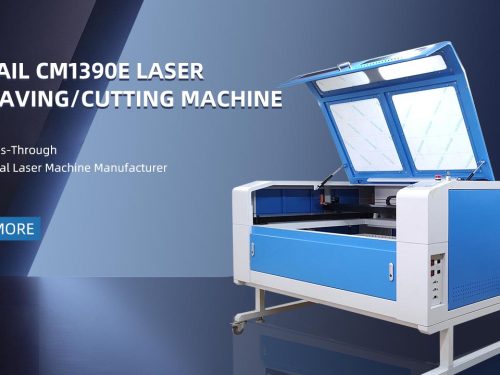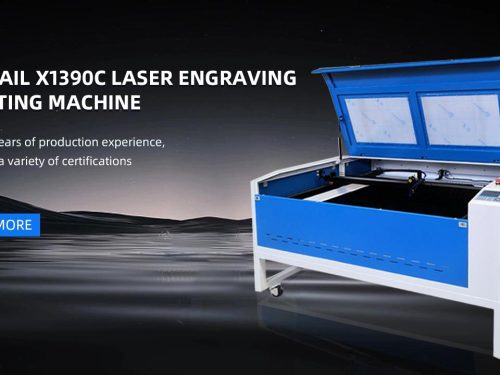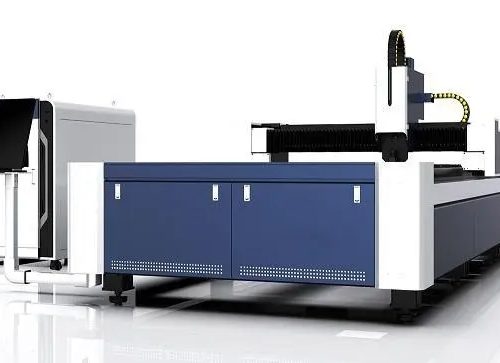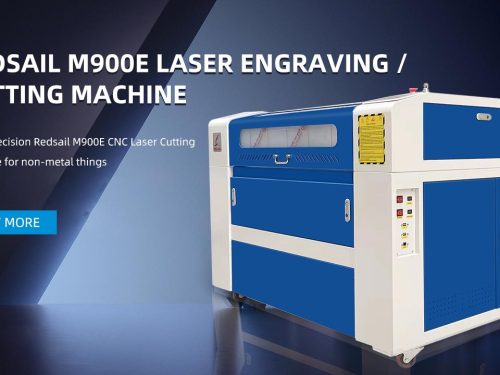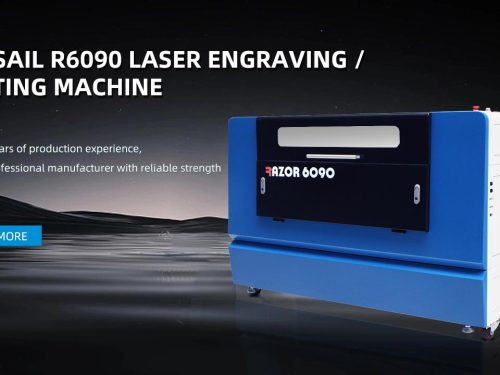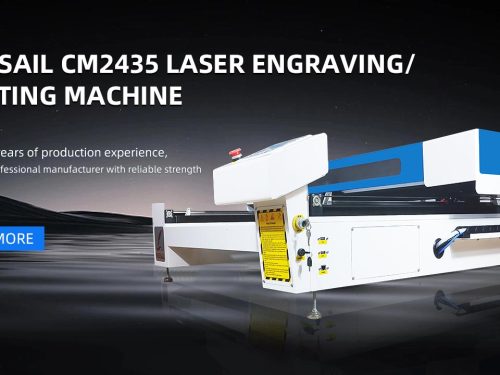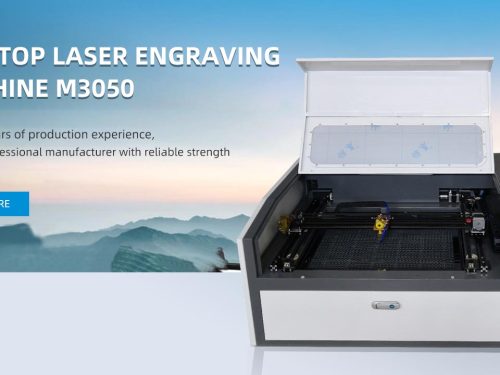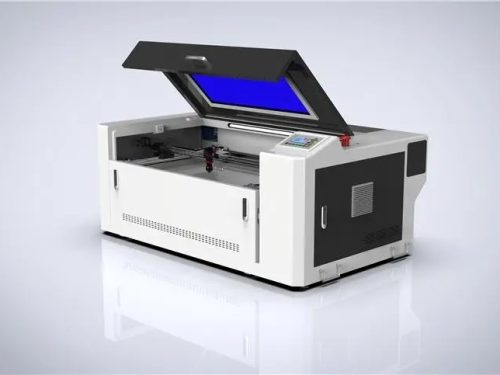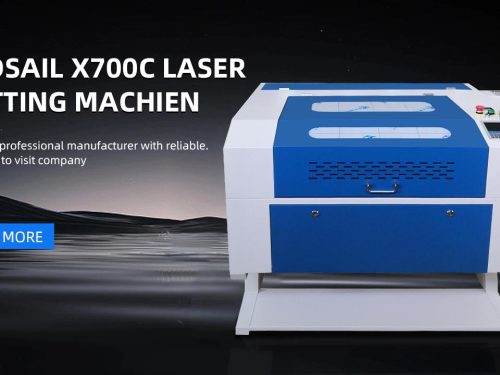
1、 Performance of grayscale
Ordinary mechanical carving cannot economically carve points of varying thickness, and therefore does not have a grayscale representation. Laser engraving machines achieve carving through dot marking, which has natural advantages in grayscale representation. Therefore, in carving design, it is recommended to use grayscale representation as much as possible, which has the advantage of reducing the coloring process and saving costs; On the other hand, it enriches the expressive means of carving and increases the level of graphics. When users use it, they first fill the graphics with different grayscales (text needs to be converted to graphics first), and choose black and white mode for carving output. You can try the effect of different dots, and the accuracy generally does not exceed 500dpi.
2、 Carving materials
1. Raw wood (unprocessed wood)
Wood is by far the most commonly used laser processing material and is easy to carve and cut. Light colored wood such as birch, cherry, or maple is easily vaporized by laser, making it more suitable for carving. Each type of wood has its own characteristics, and some are denser, such as hardwood, which requires higher laser power when carving or cutting. We suggest studying the carving characteristics before carving unfamiliar wood.
Plywood
Carving on plywood is not much different from carving on wood, but one thing to note is that the depth of carving should not be too deep. The edges of the cut plywood will also turn black like wood, depending on which type of wood the plywood is made from.
Wood carving
Generally speaking, carving on wood is usually done in shade, and the depth of carving is generally required to be deeper. This power setting is generally higher, and encountering harder wood may make the carved graphics darker in color. If you want to make the color lighter, you can increase the carving speed and try carving multiple times. Some wood may produce some oil fumes attached to the surface of the wood during carving. If the wood has already been painted, it can be carefully wiped off with a damp cloth. If it is not painted, it may not be cleaned and cause surface damage to the finished product.
Wood cutting
The depth of laser engraving machine cutting wood is generally not deep, and the maximum cutting depth depends on the material of the wood and the power of the laser. If you want to cut very thick wood, you can slow down the cutting speed, but it may cause wood burning. You can try using large-sized lenses and using repeated cutting methods for specific operations.
to color
After wood carving, there is usually a burning sensation, which, when matched with the wood background color, has a primitive artistic beauty. The depth of its color mainly depends on the laser power and carving speed. But some wood is usually of a softer texture, and no matter what, you cannot change its color (such as birch). Propylene pigment can be used for coloring the finished product.
2. Density veneer
Ordinary density veneer
This type of density board is the type of wooden pallet that we commonly use to make sign lining boards. The material is high-density board with a thin wood grain on the surface. Laser can be used to carve on this type of material, but the carved patterns are uneven and black in color, usually requiring coloring. Usually, you can achieve better results by using a 0.5mm dual color board for inlay through appropriate design.
Laser specific density veneer
Some density boards are specially designed for laser engraving, and the patterns carved are uniform in color and have good results without coloring.
Cleaning
After carving, use a damp cloth to clean the surface of the density board.
Coloring
Acrylic pigment or alkyd paint can be used. When carving, the graphic color can be set to a 60% grayscale, making the bottom surface of the carving slightly pitted to improve the color adhesion.
3. Acrylic (a type of organic glass)
Acrylic is the most commonly used carving material compared to wood, and it is easy to cut and carve, with various shapes and sizes, and relatively low cost. There are two production processes for organic glass: casting and rolling. Laser engraving machines mainly use the casting method to produce organic glass, because the frost effect produced after laser engraving is very white, which creates a sharp contrast with the original transparent texture. The organic glass produced by rolling method is still transparent after laser engraving, without a sufficient contrast effect. When purchasing organic glass, you should emphasize to the dealer the importance of high-purity varieties, otherwise the purchased materials may melt during carving or cutting.
Engraving
In general, organic glass adopts a back carving method, which means carving from the front and viewing from the back, making the finished product more three-dimensional. When back carving, please first mirror the graphics, and the carving speed should be fast and the power should be low. If the power is too high during carving, uneven stripes will appear on the bottom surface. If you want to carve deeper, you can try carving more times. In the case of back carving, for local coloring, the coloring area should be carved deeper first, and then polished with a flame polishing machine before coloring can be applied. If not polished, the color seen from the front will not be uniform.
Cutting
Organic glass is relatively easy to cut, and if the customer’s requirements are not high, it can be delivered after cutting without the need for flame polishing. Otherwise, an air blowing device should be used during cutting to improve the quality of the incision. When cutting organic glass exceeding 8mm, large-sized lenses should be replaced.
Note: Operators must not leave when cutting organic glass, as there may be flames during cutting.
Cleaning
After carving, use a damp cloth to clean the surface
Coloring
Acrylic pigments can be used, as other pigments may damage the smoothness of organic glass.
4. Dual color board
A dual color board is a type of engineering plastic specially designed for carving, consisting of two or more layers of color combinations. Its specifications are generally 600 * 1200mm, and there are also a few brands with specifications of 600 * 900mm. POWMRK in the United States is recognized as the best product with stable quality and complete variety. The carved dual color board is usually used for various indicator signs and badges. In the dual color board, it can be divided into two categories: mechanical and laser. Some mechanical boards can also be used for laser engraving. The characteristic of laser engraving boards is that the surface color layer is thin (<0.1mm), and laser boards are generally 1.3mm&0.8mm. Our experience is that if the surface color of a mechanical board is very thin, laser engraving is generally possible. If the surface color is thick, we can try carving twice
Engraving
If a laser engraving board is used, the effect will be very good, with obvious contrast and clear edges. When using a mechanical board with a thinner surface, the carving effect is not significantly different from that of a laser board. Upon closer inspection, the edges may not be as clear as those of a laser board. Users generally do not use mechanical boards with thicker surfaces, otherwise they need to reduce the laser power. Repeated engraving can be done to remove the bottom surface as much as possible, and the final effect may not be very good. On dual color boards with high contrast (such as blackboards), grayscale images can be designed to be carved. After a large amount of carving, the dual color board itself may deform slightly. It can be heated with hot water and flattened by hand.
Cutting
In general, users will require you to cut the dual color board well. If you are using a laser board, you can cut it after carving. Pay attention not to slow down the cutting speed, and do not cut thoroughly at once. It should be done in three or four times, so that the edges of the cut material are flat and there are no signs of melting. The power during engraving processing should be appropriate and not too high to avoid the appearance of melting marks. If a mechanical board is used, it can only be cut to a depth of 50%, and then manually cut and sanded to smooth the edges. If users have a mechanical machine, they can first cut it on the machine and then carve it on the laser machine.
Cleaning
After carving, use a damp cloth or alcohol to clean the surface. However, it should be noted that if the laser power setting during carving is too high, it may cause a layer of difficult to wipe smoke and dust to adhere to the surface of the dual color board
Coloring
If the user’s requirements are not high, a dot can be used to represent the different colors in the logo. If it is necessary to paint, the painted area should be carved deeper, and acrylic pigment or alkyd enamel can be used. Other paints may damage the surface smoothness of the dual color board
5. Glass
Laser can carve on the surface of glass, but the carving depth is not deep and cannot be cut. In general, lasers can form frosting or crushing effects on the surface of glass. Usually, users want to achieve a frosting effect rather than a crushing effect, which depends on the texture of the glass and whether the hardness is consistent.
Engraving
The carving of glass is usually difficult to control, and the following steps can be taken to create a relatively smooth frosted surface: apply a little washing to the area to be carved, load a piece of newspaper or napkin slightly larger than the area to be carved, soak the paper completely with water, and squeeze out excess water. Place the wet paper on the carving area and lay it flat without wrinkles. Place the glass in the engraving machine and carve it while the paper is still wet. Then remove the glass, remove any remaining paper, and clean the surface of the glass. If necessary, gently polish the glass surface with 3M ScotchBrite. In general, the laser power setting should be watery, with an accuracy of 300dpi and a faster engraving speed. You can try using large-sized lenses for engraving.
Attention: When using laser to carve crystal containing lead, extra care should be taken. Lead containing crystals have different expansion coefficients from regular crystals, which may cause crystal cracks or breakage during carving. A smaller power setting can avoid this issue, but it is still important to be on guard in case of breakage.
Cleaning
After carving, use a damp cloth to clean the surface
Coloring

